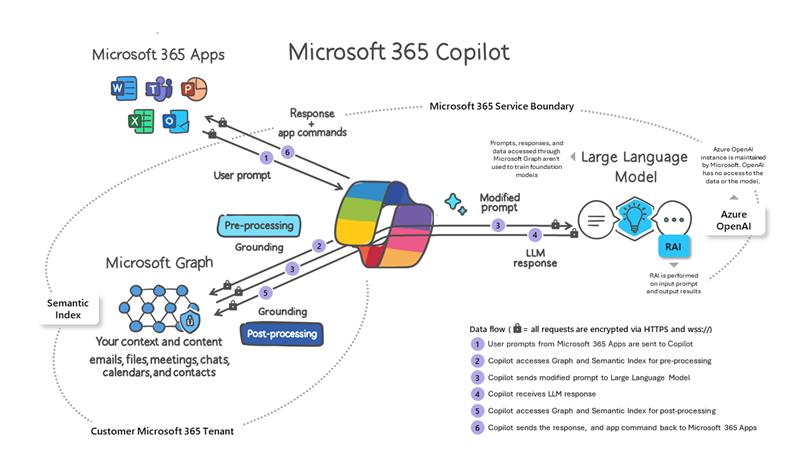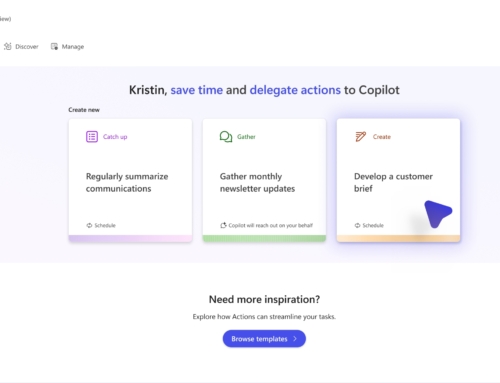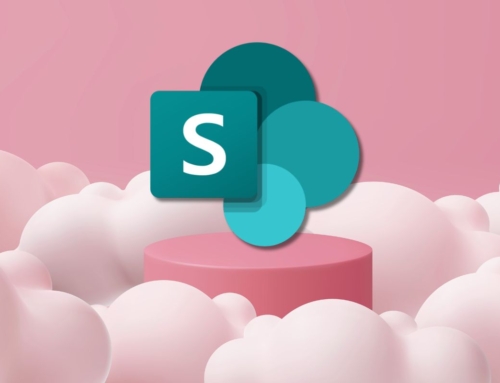Microsoft’s Copilot is a cutting-edge tool designed to revolutionize collaboration and content creation within the Microsoft 365 environment. As a powerful AI-driven solution, Copilot leverages advanced large language models and integrates seamlessly across various Microsoft platforms, including SharePoint, Office Apps, Power Platform, and Dynamics 365. Its primary goal is to enhance user productivity, streamline workflows, and facilitate the creation of compelling, user-centric content.
With Microsoft’s recent announcement expanding access to Copilot with a Copilot Pro subscription and removing the 300-seat minimum for Microsoft 365 Copilot, the door has been opened to SMBs and individuals to dive into the world of Microsoft AI. In this blog post, we share our Microsoft 365 Copilot overview and the key features our team is excited to create with.
Key Features of Copilot:
Large Language Models (LLMs):
Copilot harnesses the capabilities of Large Language Models (LLMs) to understand and generate human-like text. This enables users to interact with the system using natural language, making it intuitive and user-friendly.
Microsoft Graph Integration:
By tapping into your organization’s Microsoft Graph data, Copilot gains insights into user behavior, preferences, and organizational data. This integration creates personalized and contextually relevant content that isn’t achieved when utilizing other AI services like Chat GPT.
Best Practices Implementation:
Copilot incorporates best practices in content hierarchy, design principles, and sample content, ensuring that the generated content aligns with industry standards and organizational guidelines.
Content Hierarchy and Design:
One of Copilot’s standout features is its ability to assist in creating engaging web content with a focus on content hierarchy and design. This helps you to emphasize the most important content.
Sample Content Tailored to Users’ Needs:
Copilot goes beyond generic content generation by providing sample content specifically tailored to users’ needs. This feature streamlines the content creation process and accelerates the development of high-quality materials.

How Copilot Works in Practice:
- User Interaction: Users can interact with Copilot using natural language queries and commands. When creating a new webpage, drafting an email, or generating content for a presentation, Copilot understands and responds to user input.
- Contextual Insights: Copilot leverages Microsoft Graph to gain insights into user context, historical interactions, and organizational data. This contextual understanding ensures that the generated content is relevant and aligned with user preferences.
- Real-time Assistance: Whether suggesting relevant text, recommending design elements, or offering sample content snippets, it actively collaborates with users with real-time assistance to enhance the quality of the output.
- Continuous Learning: The AI engine continuously learns from user interactions and feedback, improving its language understanding and content generation capabilities over time. This adaptive learning process ensures that Copilot grows to meet evolving user needs.
Microsoft’s Copilot is poised to be a transformative tool that empowers users to create content efficiently, fostering a collaborative and innovative digital workplace within the Microsoft 365 ecosystem. As more organizations adopt this new technology, we are excited to see how it will transform work and the innovative ways it is implemented.
To learn more explore the Copilot adoption site from Microsoft or starting experimenting with prompt engineering with Copliot with Bing.









